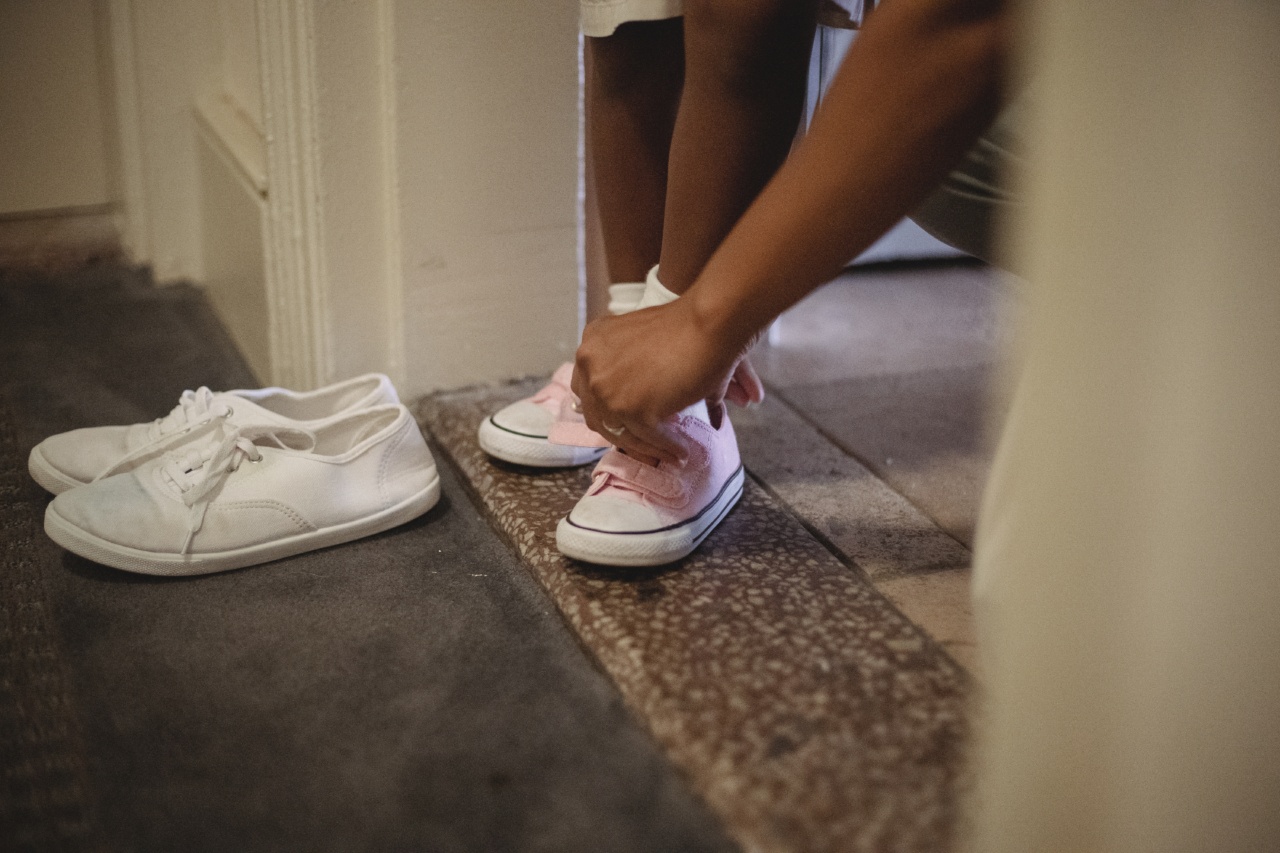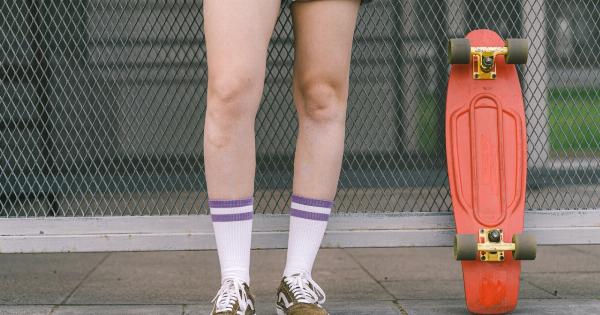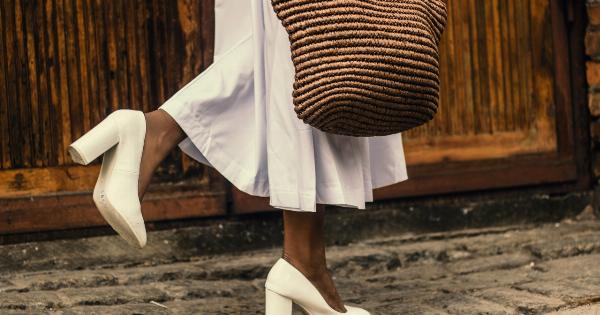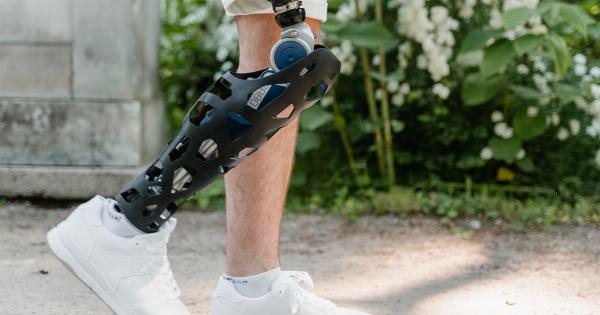Knee osteoarthritis is a common condition that affects millions of people worldwide. It is characterized by the degeneration of cartilage in the knee joint, leading to pain, stiffness, and reduced mobility.
While there is no cure for knee osteoarthritis, there are several treatment options available to help manage the symptoms and improve quality of life. One such option is the use of appropriate footwear, which can play a crucial role in relieving knee osteoarthritis.
The Impact of Footwear on Knee Osteoarthritis
Proper footwear has the potential to alleviate the symptoms of knee osteoarthritis by reducing joint load, improving gait mechanics, and providing necessary support.
Let’s explore some of the ways in which footwear can help individuals with this condition:.
1. Shock Absorption
One of the key benefits of wearing footwear specifically designed for knee osteoarthritis is their ability to absorb shocks. When you walk or engage in any weight-bearing activity, your knees endure a certain amount of impact with each step.
Shoes with adequate shock absorption properties can help minimize this impact, thus easing the strain on the knee joint.
2. Cushioning
Cushioning is another crucial feature to consider when selecting footwear for knee osteoarthritis. Shoes with ample cushioning provide an extra layer of protection between your feet and the hard ground.
This not only helps to minimize the impact on the knee joint but also improves overall comfort, allowing individuals with knee osteoarthritis to stay active for longer periods.
3. Arch Support
Proper arch support is essential in promoting healthy biomechanics and relieving knee osteoarthritis symptoms. Shoes with adequate arch support help to maintain proper alignment of the foot and leg, reducing the load and stress placed on the knee joint.
A well-supported arch also aids in distributing body weight evenly, preventing excessive pressure on specific areas of the knee.
4. Stability
Footwear that provides stability can greatly benefit people with knee osteoarthritis. Shoes with a firm heel counter and a wider base of support help improve balance and stability, reducing the risk of falls and further knee damage.
By enhancing stability, these shoes enable individuals to navigate various terrains more confidently and comfortably.
5. Flexibility
While stability is crucial, footwear for knee osteoarthritis should also offer a certain degree of flexibility. Shoes that are too stiff can impede natural foot movement and potentially increase stress on the knee joint.
Opting for shoes with moderate flexibility allows for more natural foot motion, reducing the strain placed on the knees during activities such as walking or climbing stairs.
6. Proper Fit
Ensuring the right fit is essential when choosing footwear to manage knee osteoarthritis. Ill-fitting shoes can exacerbate symptoms, cause discomfort, and even lead to other foot problems.
It is best to have your feet properly measured by a professional to find the appropriate shoe size and width that accommodates any specific foot deformities or conditions associated with knee osteoarthritis.
7. Consider Orthotics
In some cases, individuals with knee osteoarthritis may benefit from custom orthotic inserts. These inserts can be placed into shoes to provide additional support, cushioning, and alignment correction.
Custom orthotics are specifically tailored to an individual’s unique foot structure and can help alleviate pain and improve overall foot and knee function.
8. Shoe Modifications
In certain situations, shoe modifications may be recommended to address specific conditions or accommodate individual needs.
These modifications can include adding a lift to correct leg length discrepancies, using rocker soles to facilitate smoother gait, or incorporating extra cushioning materials in areas of high pressure. Consulting with a podiatrist or orthopedic specialist can help determine whether shoe modifications would be beneficial for managing knee osteoarthritis.
9. Seek Expert Advice
It is worth noting that every individual’s needs may vary, and what works for one person may not work for another.
Seeking advice from a healthcare professional, such as a podiatrist or an orthopedic specialist, can provide valuable guidance in selecting appropriate footwear based on personal circumstances and the severity of knee osteoarthritis.
10. Regular Evaluation
Lastly, it is important to regularly evaluate the condition of your footwear and replace worn-out or damaged shoes promptly.
Over time, the cushioning, shock absorption, and overall support provided by footwear can deteriorate, rendering them less effective in managing knee osteoarthritis. Regularly reassessing your footwear can help ensure you continue to receive the maximum benefits for your condition.
Conclusion
Wearing suitable footwear is a simple yet effective way to support the management of knee osteoarthritis symptoms.
By investing in footwear that offers shock absorption, cushioning, arch support, stability, and flexibility, individuals can experience a significant reduction in pain, improved mobility, and enhanced overall well-being. Additionally, seeking expert advice, utilizing custom orthotics or shoe modifications when necessary, and regularly evaluating the condition of footwear can further optimize the benefits gained from appropriate footwear choices.
By prioritizing the right footwear, individuals with knee osteoarthritis can take proactive steps towards achieving a better quality of life.




















